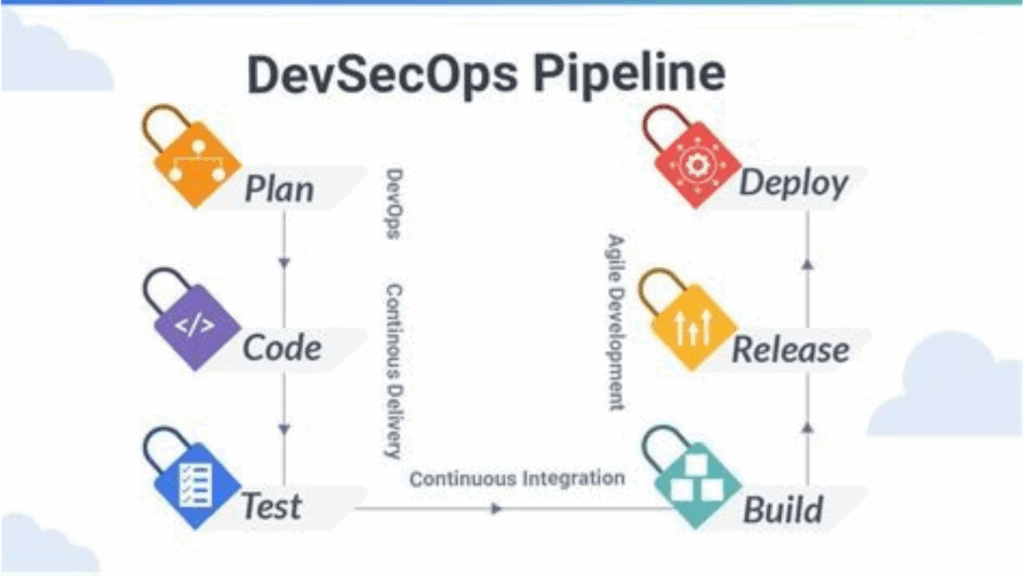When it comes to eliminating bugs, the procedure entails locating, addressing, and fixing problems to guarantee that the software functions as intended. You can learn more about Bug Fixes by checking out the QA training online.
Who is in charge of fixing bugs?
Bug fixing is a team operation that frequently includes numerous stakeholders, such as:
- The first to fix bugs, because they identify and correct the underlying code problems are developers. They create and put into effect the remedial code adjustments.
- QA engineers are essential in locating and recording defects during testing. Their thorough testing procedures ensure that defects are found before software is made available to end users.
- Product managers rank problems according to how they affect user experience and business goals. They assist in determining which bugs can wait and which ones need to be fixed right away.
- Users of the software, who frequently report bugs they run into. Their feedback aids in finding bugs and aids in deciding which fixes should be prioritised.
- Teams providing customer service that learn from the experiences and bug reports of users. They support the verification of defects’ existence and effects.
How to Detect Something That Needs Fixing?
Bug fixes must be found through careful observation and data-driven research.
- User comments, error messages, and reports from users are all excellent signs of potential issues.
- Unintended actions, or unexpected, inconsistent, or mistaken behaviours, may indicate the presence of defects in software.
- Performance problems, such as slow performance, frequent crashes, or high resource usage, may indicate more serious problems.
- Regression testing reveals deviations that require attention by comparing current program behaviour to earlier versions.
How Are Bug Fixes Managed?
Bug fixes must be managed in a systematic way to be effective. It involves more steps than just “if you see something, scream.” For it to be done correctly, developers and QA experts must:
- Use bug-tracking software to keep track of bugs, assign ownership, monitor progress, and share updates.
- Sort bug fixes according to severity and importance to organise the workload.
- To manage code changes and make sure bug fixes are properly tracked and integrated, use version control systems.
- Test bug fixes rigorously to ensure they cure the problem without creating new ones.
- Consider how bug fixes will affect project deadlines when including them in planned releases and updates.
Can Bugs Be Ignored?
While most defects should be fixed, there are several circumstances in which they may be delayed, disregarded, or not patched at all.
- Minor and low-impact defects may be postponed to focus on more pressing problems if they have little or no effect on user experience or business operations.
Existing remedies for bugs may result in their deprioritization if they are viable and doable.
- Legacy systems and compatibility issues: Bugs affecting out-of-date or incompatible platforms might not require immediate repair.
- Resource limitations: Low-impact problems may be temporarily ignored in circumstances with scarce resources or constrained timelines.
Bug Classification by Severity
There are several types and levels of severity for bugs. To quickly fix a bug, QA engineers must correctly identify it and assign it a severity rating. Think about these instances:
- Blocker: Upon starting the program, the login screen crashes, making the software useless.
- Critical flaw: The application frequently breaks at the login screen, preventing users from accessing the product.
- A serious flaw is an e-commerce website that cannot process orders, which results in lost opportunities for sales.
- A small error, such as a misspelling in a user interface label, might detract from the software’s professionalism while having no effect on functioning.
- Low/trivial: When a button in the settings menu is clicked, despite its somewhat crooked icon, it still works as intended.
The process of bug tracking and management must include determining a bug’s severity. The impact of a bug on the usability and experience of the software is referred to as severity. The following is how QA specialists can assess the seriousness of a bug:
- Functional impact: evaluate how much the bug interferes with the software’s basic operations. Does it hinder users from completing important work or is it just a minor annoyance?
- User impact: learn how the problem affects end users. Does the bug result in data loss, crashes, or other serious issues that seriously impair the user’s experience?
- Determine whether there are any effective fixes for the bug. A serious problem without a fix may have a higher severity rating.
- Data integrity: Think about whether the defect affects the software’s ability to process data accurately or with integrity.
Determine whether the bug occurs on a regular basis or only occasionally. Higher severity could be indicated by more frequent occurrences.
- Legal or regulatory impact: the severity of the bug may increase if it breaches any laws or regulations.
- Priority is yet another crucial mistake attribute. It is the sequence in which bugs should be fixed in relation to other problems or tasks. The impact of a fault on users and the resources available to remedy it are the major factors that determine priority. Therefore, if there are two significant bugs, for instance, the first to be fixed will depend on their priority.
Conclusion
Check out the QA testing training to learn how to fix software Bugs.





























